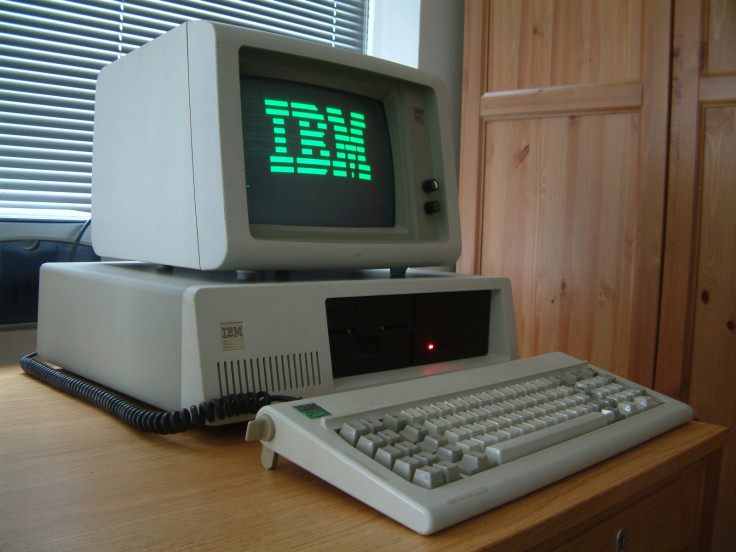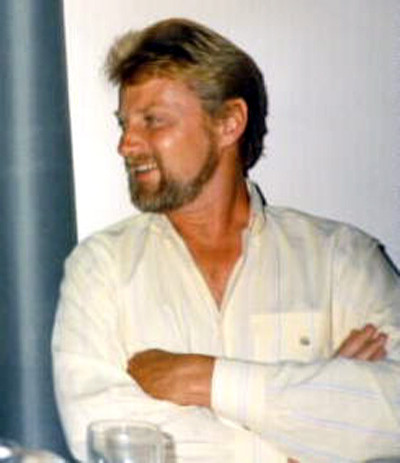Want $200,000? Prove the urban myth that Microsoft copied code to create MS-DOS
Did Microsoft use code from CP/M for MS-DOS? Find the command that prints Gary Kildall's name to win a prize.

An IT consultant specialising in analysing software in order to determine whether code has been copied is offering a prize of $200,000 (£154,000) to anyone who can find a secret command in the MS-DOS operating system and conclusively prove that Microsoft copied code from a computing pioneer.
Before personal computers became a common mass-market item for consumers, there was computer scientist Gary Kildall. He developed the first high-level programming language for microprocessors called PL/M in 1973, followed by a pioneering computer operating system known as Control Program for Microcomputers (CP/M), which enabled the Intel 8080 processors to control floppy drives.
PL/M was picked up and marketed by Intel, but the firm had no interest in CP/M, so eventually Kildall started his own company with his wife, called Digital Research Inc (DRI) to market CP/M to hobbyists who liked to build their own personal computers.
But then lots of manufacturers began to licence CP/M, turning it into a standard for personal computers, and Kildall then invented the concept of BIOS, which is a set of simple programs stored on the computer's hardware which enables CP/M to run and support different types of hardware, and by 1981, CP/M was running on 3,000 different computer models.
The man who should have been Bill Gates

In 1980, Bill Gates suggested that IBM approach DRI and purchase CP/M so that it could be used on the upcoming IBM PC, but the two companies failed to reach an agreement for various reasons, depending on who you ask. Gates was already working to develop the BASIC interpreter and other programs for the IBM PC, and IBM asked him if he could develop an operating system.
In the end, Gates came up with an operating system called 86-DOS / QDOS that implemented Kildall's CP/M API and was shipped on IBM machines as PC DOS, and the rest is history.
Kildall examined the code of PC DOS and concluded that it definitely did infringe on CP/M's copyright but, was told at the time, the intellectual property law on software was not clear enough for him to sue, so in the end it was PC DOS that made billions because it became essential for running most software, and PC DOS later became MS-DOS.
Kildall basically got on with his life and went on to work on a number of exciting technologies including the first computer interface for video disks to allow automatic playback, as well as the file system and data structures for the first consumer CD-ROM. However, he remained resentful towards Bill Gates for losing the IBM deal and mentioned it in his unpublished memoir Computer Connections, which is in the Computer History Museum in Mountain View, California.
Both Microsoft and IBM have long stated that they definitely didn't do anything wrong, and some IBM executives deny Kildall's most pertinent tale – that he met and shook hands with IBM executives on a deal to ship CP/M during a fateful plane flight to Florida.
Now you have a chance to prove Kildall was right all along
Kildall was a wealthy man when he died in 1994 due to the other technologies he worked on, but some people in the IT industry still believe that he could have been telling the truth about almost gaining fame and fortune for introducing personal computing to the general masses.
There is also a rumour floating around that there is a secret command located in MS-DOS that, if correctly initiated, will cause the operating system to print out a copyright notice in Kildall's name.
Bob Zeidman – who courted controversy in 2012 when he used forensic software tools to analyse QDOS (because of a defunct contract consulting for Microsoft) and was unable to find any sign that Microsoft had copied code from Kildall – recently presented a new analysis on MS-DOS using previously unavailable source code that was provided by Microsoft to the Computer History Museum.
According to IEEE Spectrum, Zeidman still cannot find any evidence that Microsoft copied any of the code from CP/M, to the extent that he is now challenging the internet to prove him wrong. He is offering a total of $200,000 in prize money – namely $100,000 to anyone who can use "accepted forensic techniques" to prove that the copying took place, and another $100,000 to anyone who is able to discover what the secret command is.
© Copyright IBTimes 2025. All rights reserved.






















